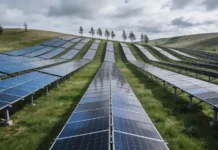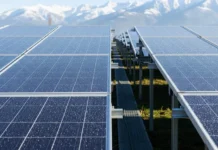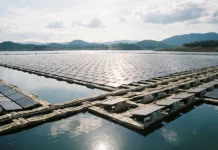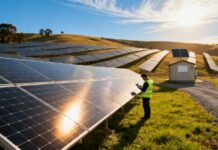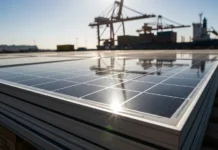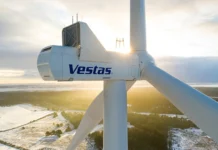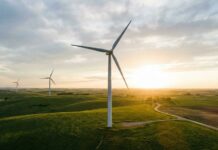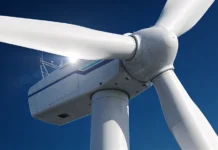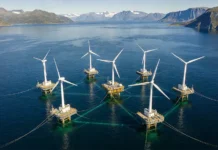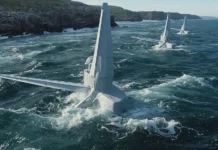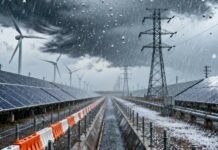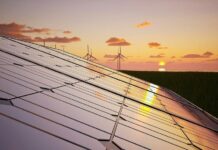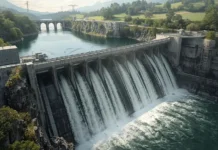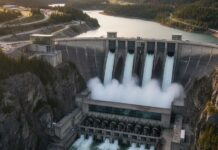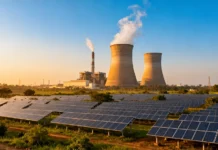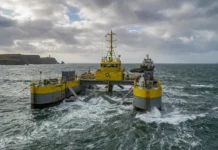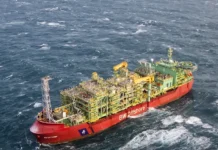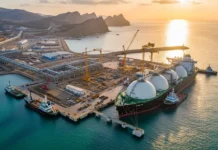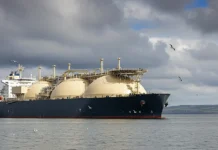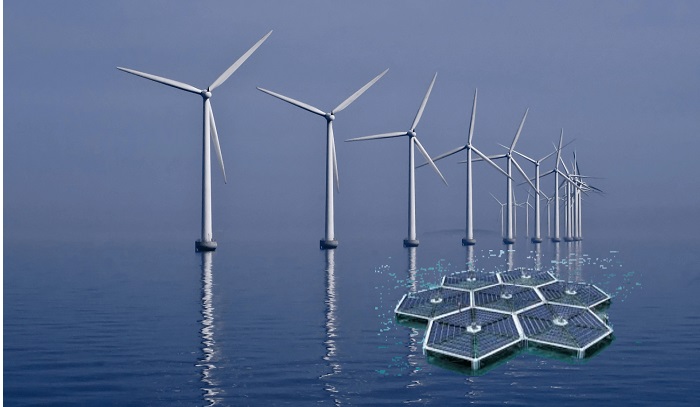It is forecasted that Japan’s offshore wind market will progress to more than 6 GW of capacity with the aid of ongoing auctions of seabed acreage and significant streamlining when it comes to the permitting of processes.
As per Clarkson’s Research, this growth is going to bring along with it the installation of 600 turbines by 2030, vis-à-vis the 59 turbines that are currently providing an installed capacity of 190 MW.
It is well to be noted that Clarksons Research has gone on to release on its Renewables Intelligence Network platform a fresh report that profiles the offshore wind sector of Japan, including an update when it comes to recent policy changes, capacity forecasts out to 2030, and the upcoming round of coverage of offshore wind auctions.
Although the Japanese wind market’s development has stalled in the last few years, it is now estimated to gain momentum as the government has started to revise its guidelines when it comes to the second round of auctions concerning offshore wind.
The second round of auctions is going to see the seabed rights go as far as 1.8 GW of capacity, which will be awarded later in 2023, with 700 MW that will be awarded off the coast of Niigata, 692 MW that will be awarded off the coast of Akita, and also 424 MW off Nagasaki.
Apparently, when it comes to active capacity in Japan, it currently stands at 190 MW, post the commissioning of nation’s first commercial-scale offshore wind project in December last year and January 2023.
Almost 344 MW are currently under construction off Japan and will be online by 2025, whereas an additional 1.9 GW has gone on to secure offtake agreements.
Capacity growth in the country is all set to be carried out by local authorities as well as developers of the likes of Mitsubishi, TEPCO, and also global developers such as RWE. It is also estimated that floating foundations are likely going to be required in parts of the coastal areas of Japan because of deep waters.
Under the scope of its sixth strategic energy plan, Japan is looking to go ahead with wind power, both onshore and offshore, which is expected to account for 5% of the energy mix by the decade’s end. So as to achieve this feat, the government is aiming for a minimum of 5.7 GW of offshore wind capacity to go online by 2030. Besides this, the government also aims to reach 10 GW by 2030 and 30–45 GW by 2040.


